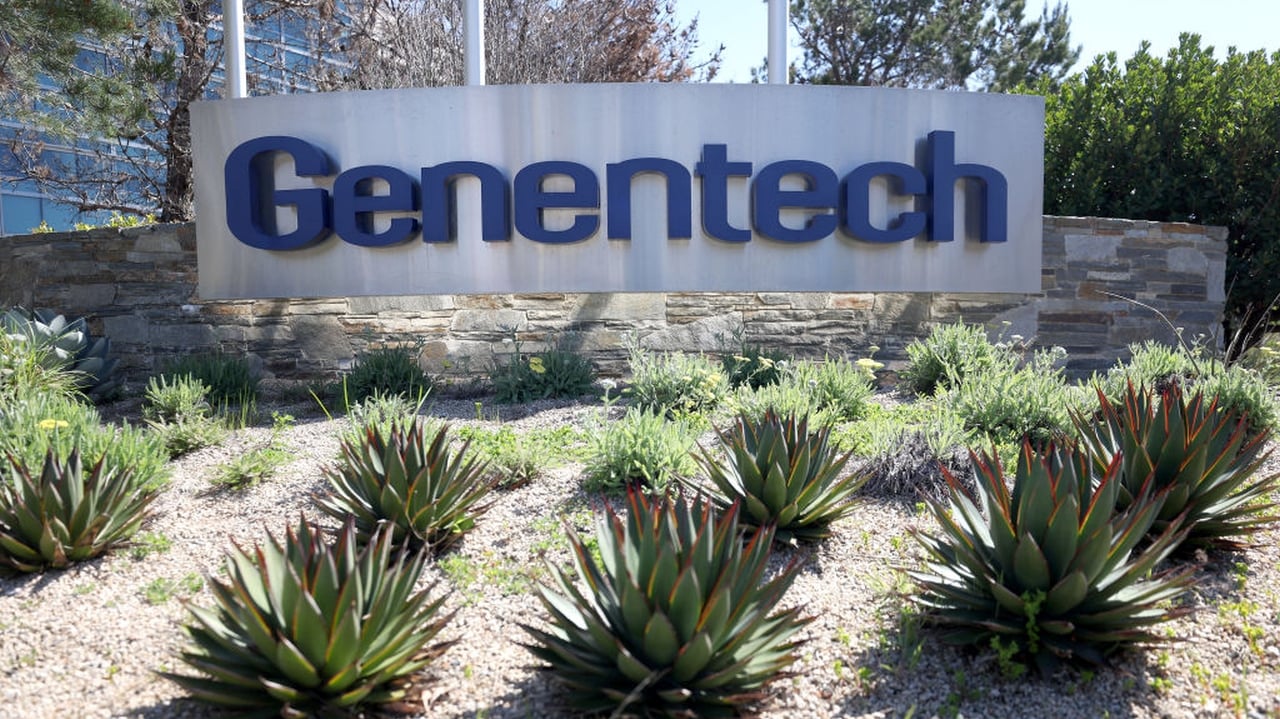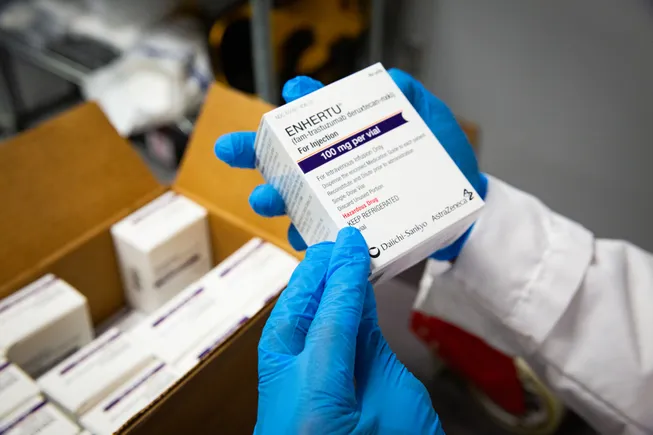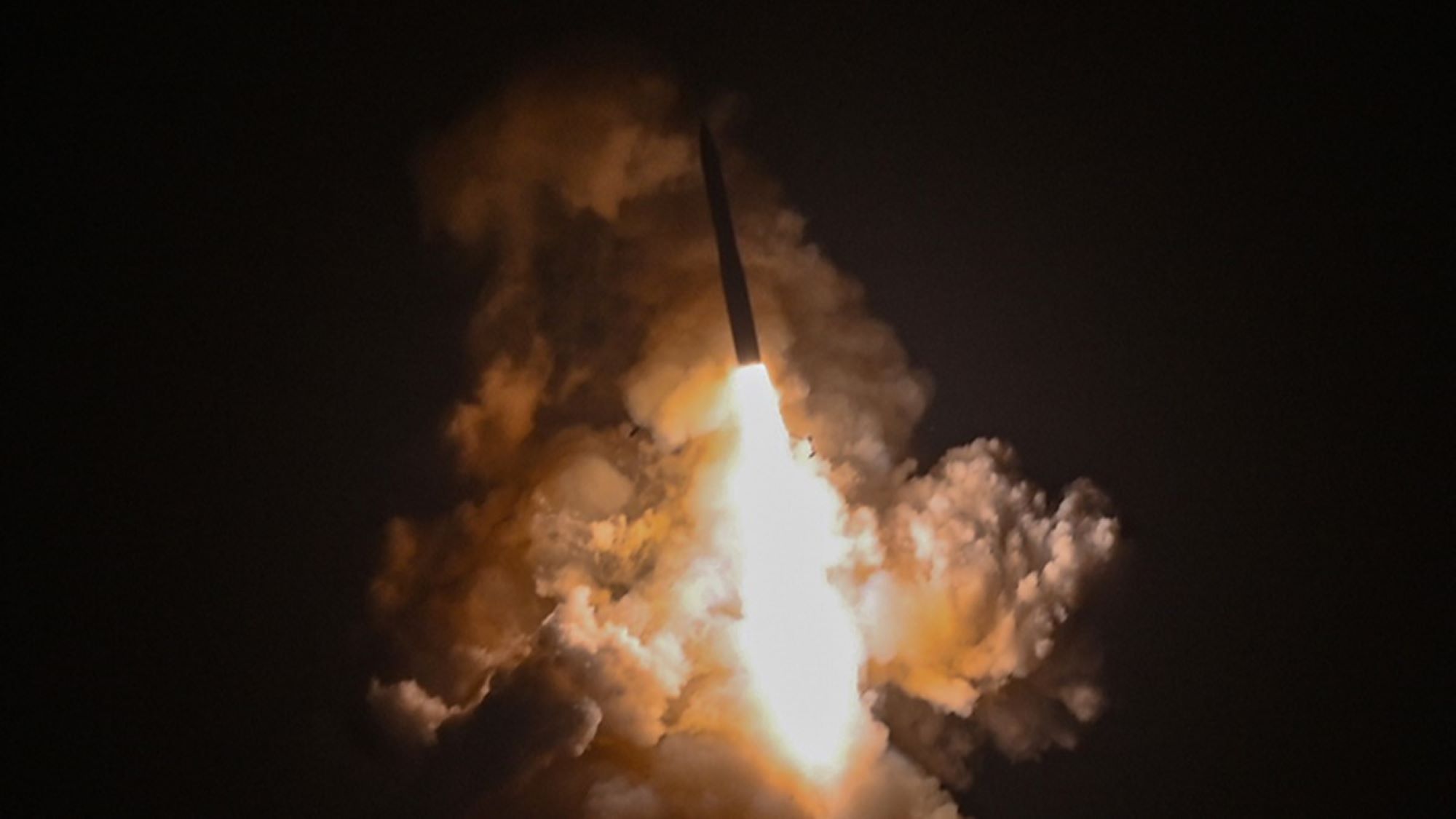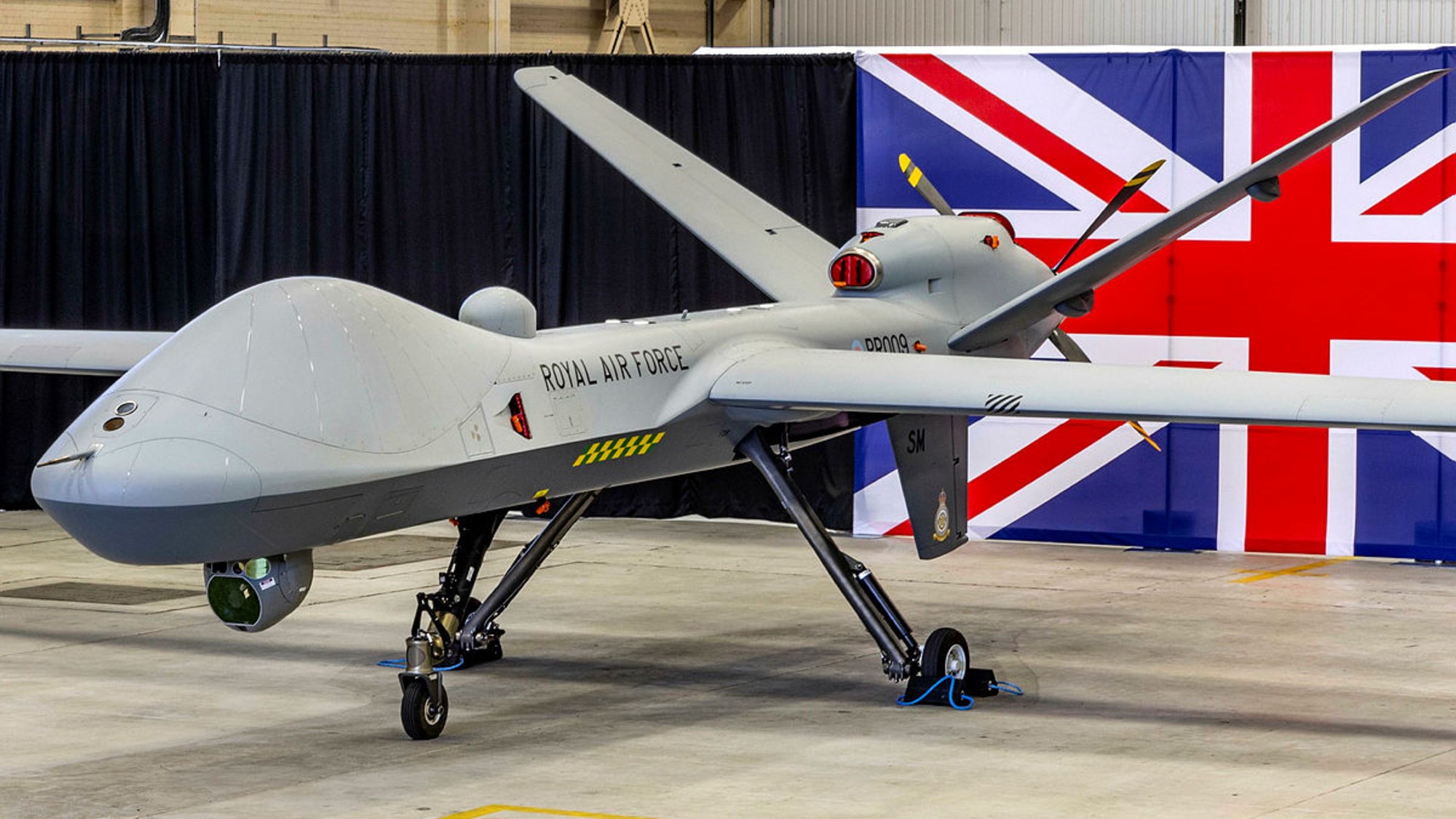AI ‘unchained’: NGA’s Maven tool ‘significantly’ decreasing time to targeting, agency chief says
“NGA Maven is now available to all services and all combatant commands. There are 20,000 active users through more than 35 service and combat and command tools across three security domains,” said NGA Director Vice Adm. Frank Whitworth.


NGA chief Adm. Frank Whitworth speaks at GEOINT 2025. (GEOINT image)
GEOINT 2025 — As the National Geospatial-Intelligence Agency (NGA) rolls out its AI-powered imagery analysis software system Maven to more and more users, it also is seeing a sizable reduction in targeting times in exercises, according to the agency’s director.
“NGA Maven has decreased targeting workflow timelines by a substantial amount, with one of our fighting element’s targeting cells seeing intelligence operation timelines drop from hours to minutes — from sensing to target engagement — during a recent exercise,” Vice Adm. Frank Whitworth told the annual GEOINT Symposium in St. Louis, Mo. on Wednesday.
“Army leaders specifically are trying to leverage Maven to meet a new vision for units to make 1,000 high-quality decisions, choosing and dismissing targets on the battlefield, in one hour,” he added.
He noted that the number of analysts and operators using the targeting tool has skyrocketed over the past year.
“NGA Maven is now available to all services and all combatant commands. There are 20,000 active users through more than 35 service and combat and command tools across three security domains,” he said. “The user base has more than quadrupled since March of last year, and more than doubled since January.”
Parts of Maven were split between the NGA and the Pentagon’s Chief Digital and AI Office in 2022, with NGA taking operational control of its “GEOINT AI” services. (NGA is responsible for gathering geospatial analysis, primarily from remote sensing satellites, and disseminating it to users in the US and allied governments.)
NGA last year declared 2025 as “the year of NGA AI,” Whitworth noted.
“While we’ve treated AI with the care and power it deserves, we’ve entered into an unchained phase by implementing a whole of government, whole of agency, approach to AI transformation, and we see that action paying off across the board,” he said.
He gave the example of the Army’s 18th Airborne Corps of Fort Bragg, “the time-critical targeting cell in Operation Iraqi Freedom” in 2003, that “has long been considered as the benchmark in efficiency in US military history.” While the OIF targeting cell had 2,000 personnel, the current team at Fort Bragg “recently used NGA Maven and Maven Smart System to match and even exceed that performance” with only 20 people.
Whereas NGA Maven is an imagery analysis tool, Maven Smart System (MSS) is an AI-based software package for all-source analysis built by new-wave contractor Palantir. Maven Smart System pulls together data of different classification levels from a vast array of sources — satellite intelligence on potential enemy targets, readiness reports from friendly units, social media posts on unfolding crises or misinformation — and puts it into a single, customizable interface for military planners, who can pick and choose what particular datasets they want to see or even code their own AI-powered visualization tools on top.
Demand for MSS also is rising, with the Pentagon’s Chief Digital & AI Office (CDAO) awarding Palantir $513 million last year to expand MSS access at Combatant Commands worldwide, and the Army buying $795 million in new MSS licenses just this week.
NGA “recently” awarded Palantir a $28 million contract to expand access to Maven Smart System for NGA analysts writ large, and to provide capabilities that assist with analytic modernization efforts,” Whitworth revealed.
“Timing is everything, and there is no doubt in my mind that the timing for GEOINT AI is now,” he summed up.
Sydney J. Freedberg Jr. contributed to this report.

























































































![The F-35’s future: The power and cooling competition that could change everything [Video]](https://breakingdefense.com/wp-content/uploads/sites/3/2024/09/240924_F35_moon_USAF-scaled-e1727200160419.jpg?#)

























































